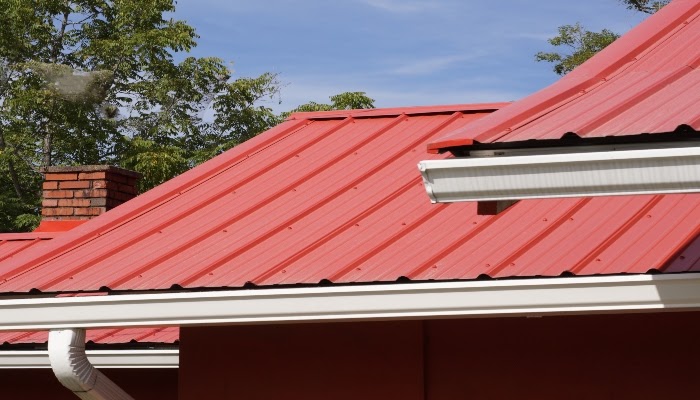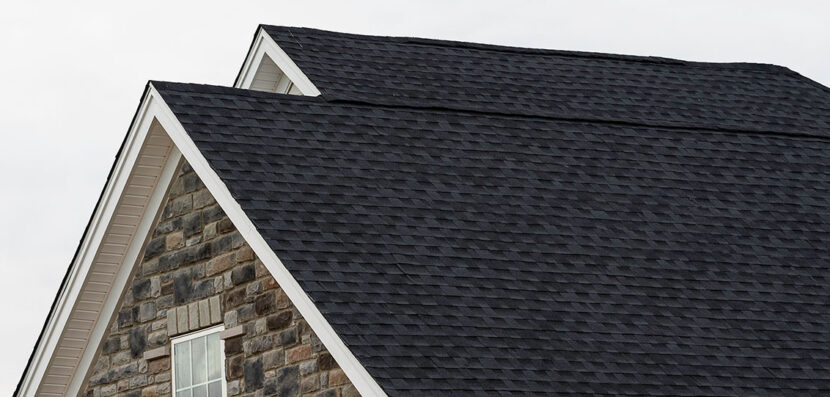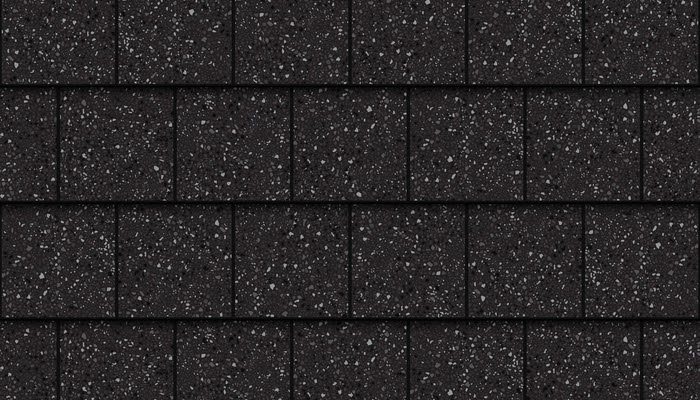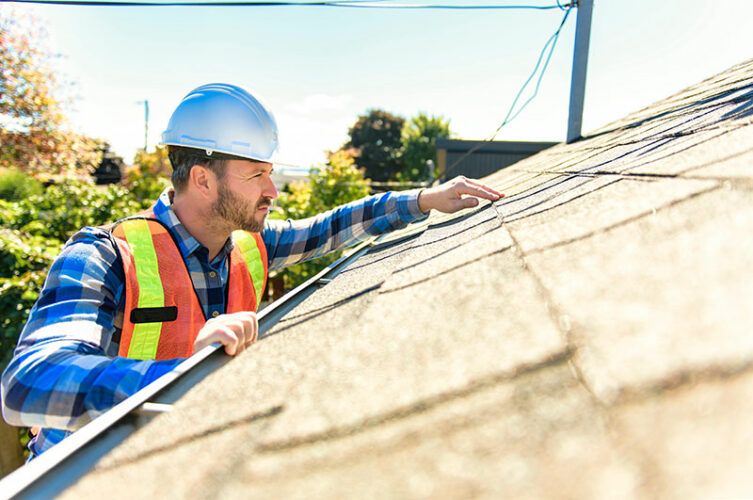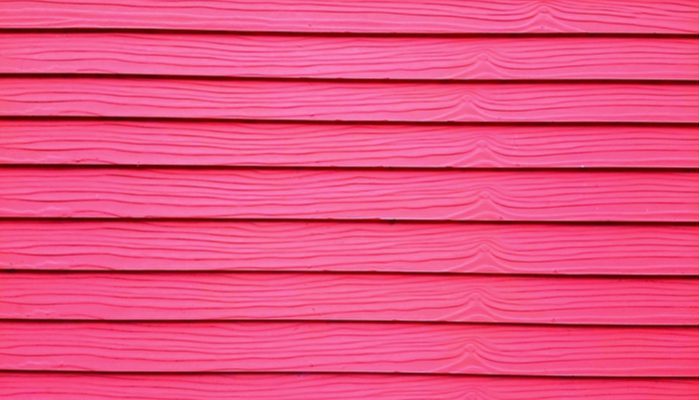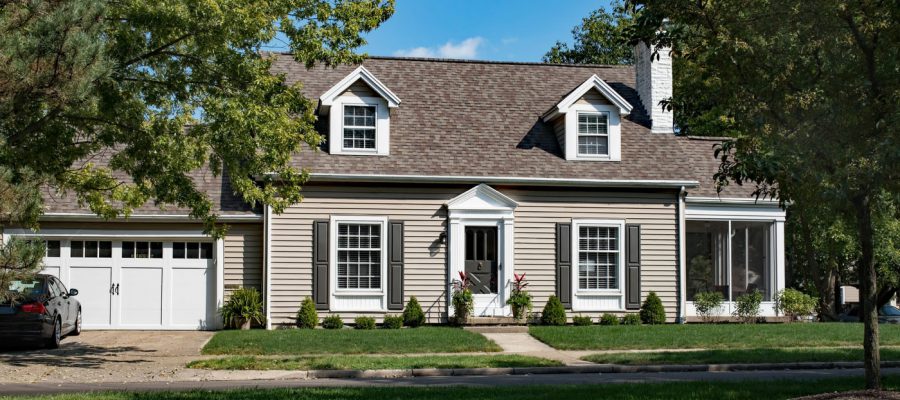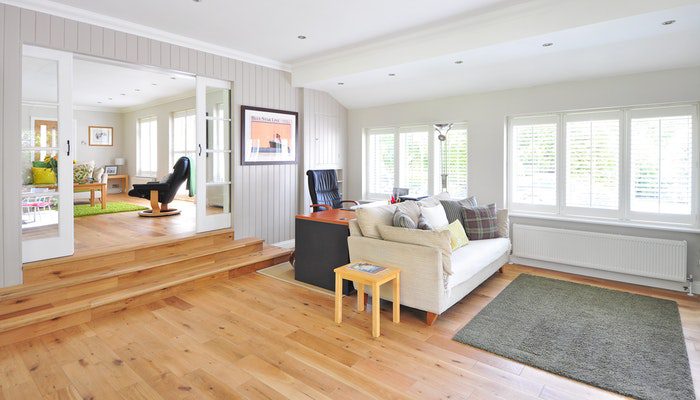How Do I Ventilate My Attic Properly?
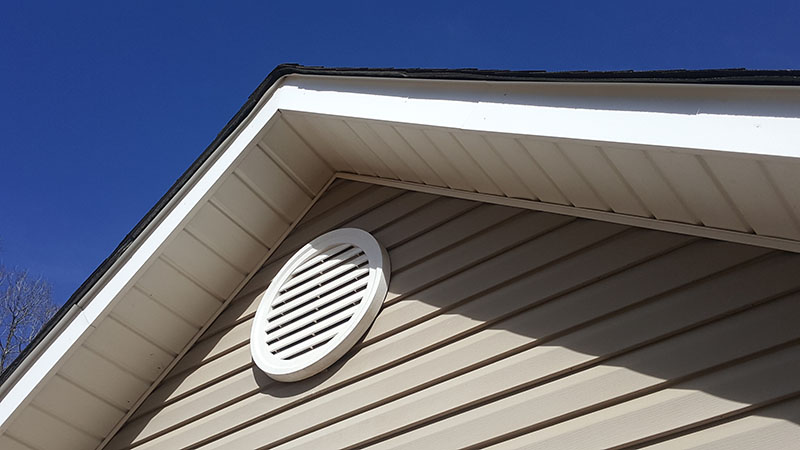
Attics are the Petri dishes of the modern home. Their darkness, heat, and humidity are a veritable wonderland for mold and mildew. A little fresh air can cure a thousand ills, so a comprehensive ventilation strategy will transform your muggy room into a bright, mold-free space.
Attics are some of the weakest insulation points of a typical home, so improving your ventilation could even come with a corresponding dip in your utility bills.
How to Tell if Your Attic Needs Ventilation
Heat and muggy air are the first signs of inadequate ventilation. During winter, those symptoms will transform into stuffy air and signs of frost build up. In time, your attic will develop a few new symptoms. Dark wood stains and wet insulation tell you that moisture has had plenty of time to establish itself, so you’ll need to do a few repairs before you add vents.
Mildew has a characteristic scent. If you detect an earthy smell, trust your nose. Mold can hide inside your insulation and beneath your roof sheathing, so sometimes, scent is the only clue to inadequate ventilation.
How Attic Ventilation Works
Passive ventilation systems rely on convection to encourage air intake and outtake. They’re built to leverage hot air’s tendency to rise, so intake vents are positioned under the eaves. Hot air exhaust vents are positioned at the highest point of the roof so that your attic will naturally expel stale air and draw fresh ventilation. Poorly-designed constructions ventilate the roof deck instead of the attic, so placement is everything. The most common vents are:
- Ridge vents: These common exhaust vents cover the full roof line at the highest point.
- Vertical ventilation: This system leverages gravity and natural airflow well. A flexible ridge vent is usually attached over the gap to add strength and flexibility.
- Off-ridge vents: These are fitted with three-tab attachments and suit smaller homes best.
- Box vents: These exhaust vents are designed to add to existing ventilation systems in homes with challenging roof designs.
- Hard-wired vents: These electric vents use fans to pump warm air out of the attic.
- Solar vents: As the name suggests, solar vents use the sun’s rays to encourage airflow mechanically.
- Roof turbines: Whirlybird turbines generate power with wind.
When Existing Ventilation Doesn’t Work
Blocked ventilation causes more attic mold than any other structural defect, but too many vents can be equally destructive. Your system will only function well if all other entry points are sealed. Your roof’s upper level needs to be completely airtight. Access hatches are particularly prone to leakage, but ductwork and recessed lights can interfere with air sealing, too. It’s best to create a thermal envelope around the entire attic. This way, you won’t have to worry about ceiling leakage ever again.
The Role of Roof Ventilation
Most building codes require roof decks to allow at least an inch of airspace between the sheath and insulation. It’s important to keep snow and ice melt out of this space to reduce moisture leakage and condensate. A humid attic will cause just as much damage when vapor rises from the room below, so your soffit vent should be kept clear of debris. If you’re exposed to an extreme climate, you may need to add a gable vent to the mix.
When your attic and roof ventilation work together, they’ll add years to the lifespan of your shingles. You’ll enjoy drier air and fewer allergies. Your new, airy attic will even keep your insulation dry and reduce your cooling bills. Now all that’s left is to decide how to spend the money you save.
Need help with a roofing project? Schedule a free estimate with 1-800-HANSONS here.
Get a Free Estimate Today
50% off installation. Special financing available. See details.

